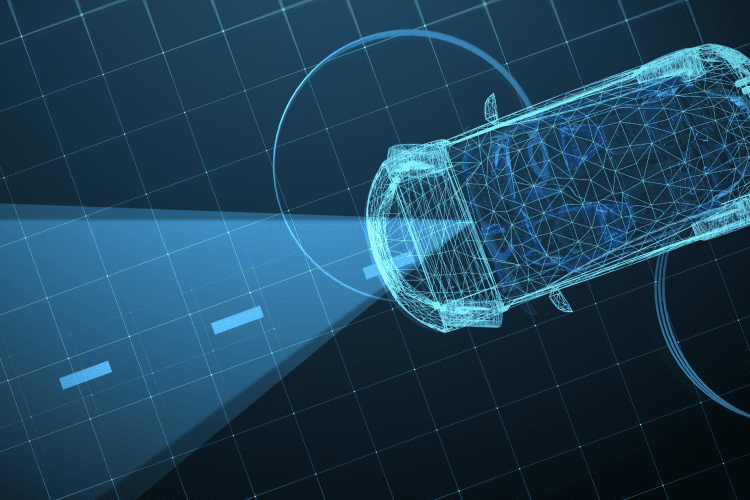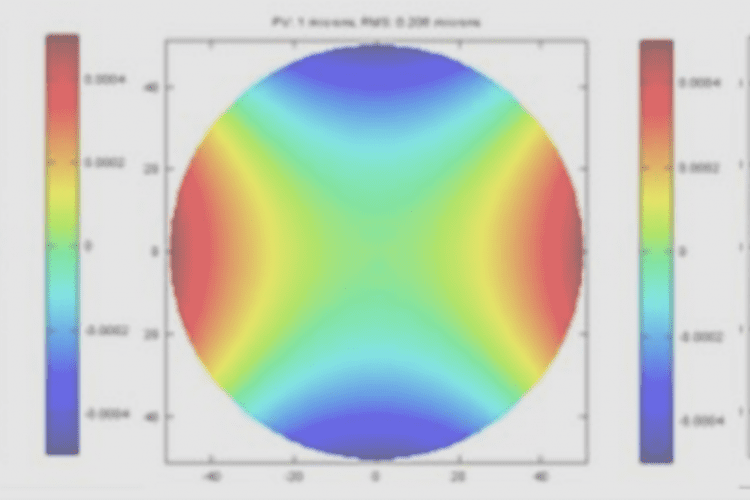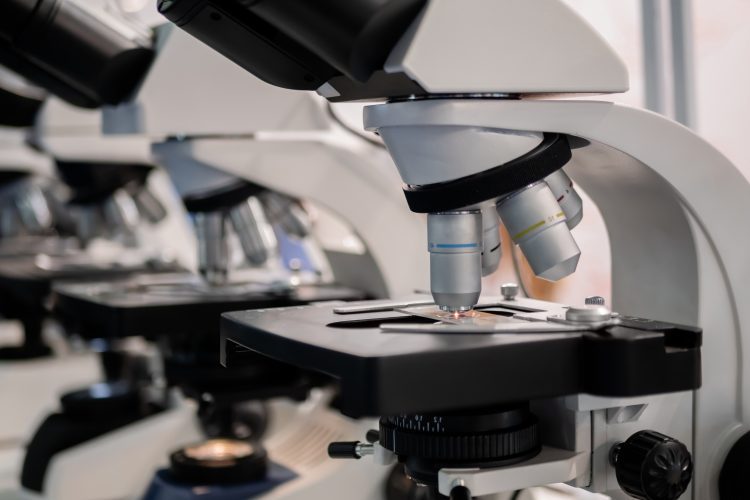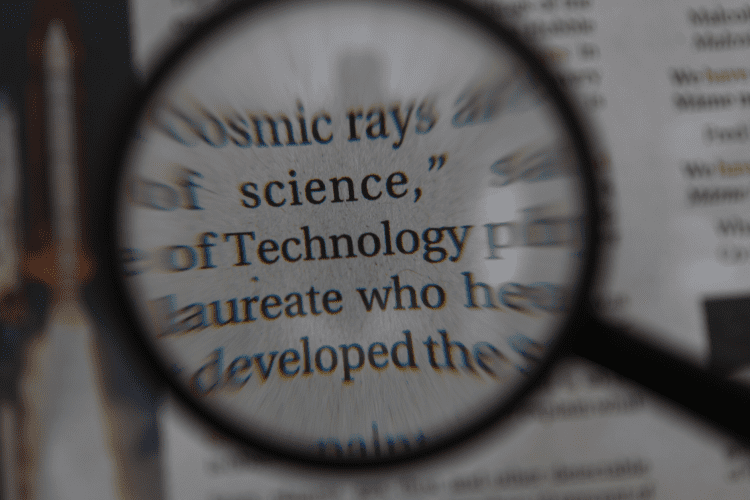Today’s advanced driver assistance systems take advantage of AI-spiked cameras and radar or sonar systems, but most manufacturers have been waiting for advances in machine vision technology to go one step further into autonomous self-driving cars. Today, that technology is ready to roll out. We call it LiDAR: Light detection and ranging. LIDAR in autonomous […]






